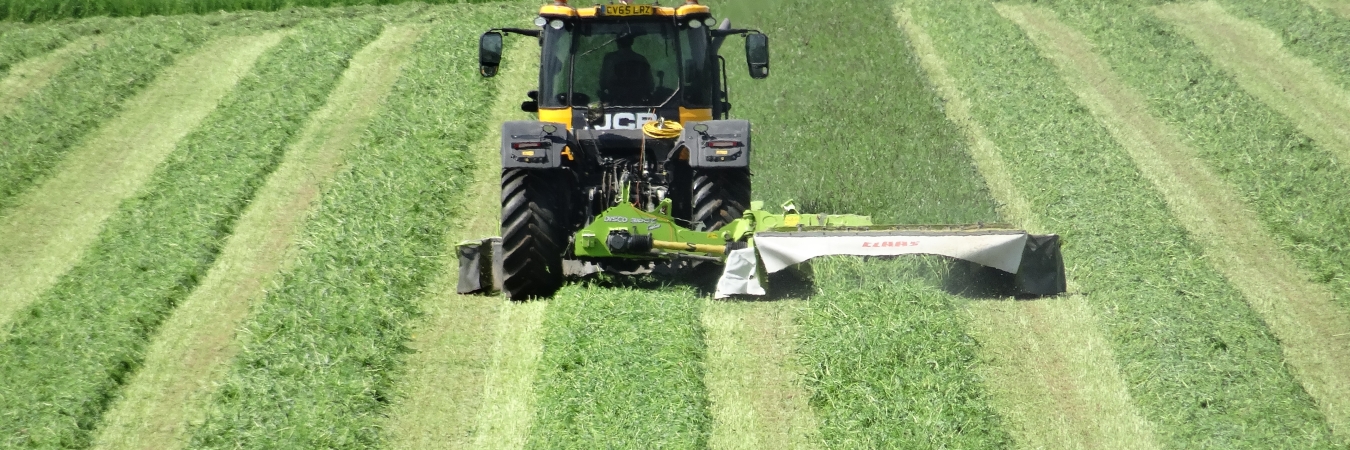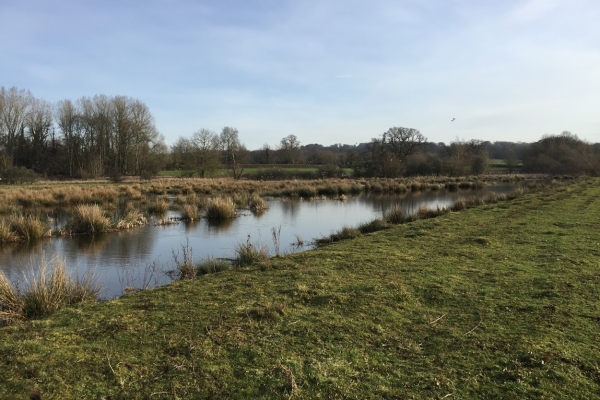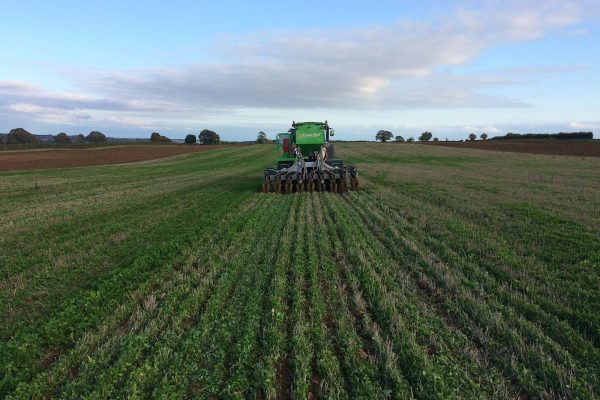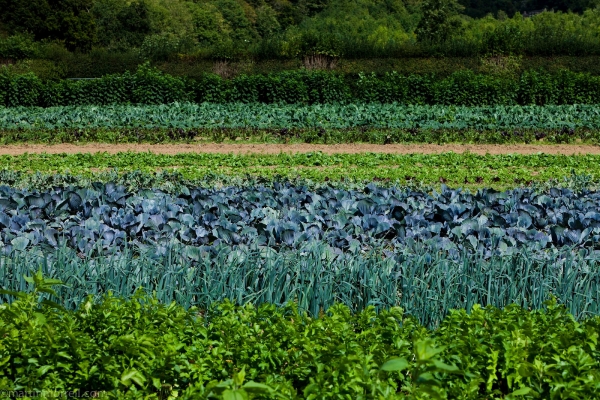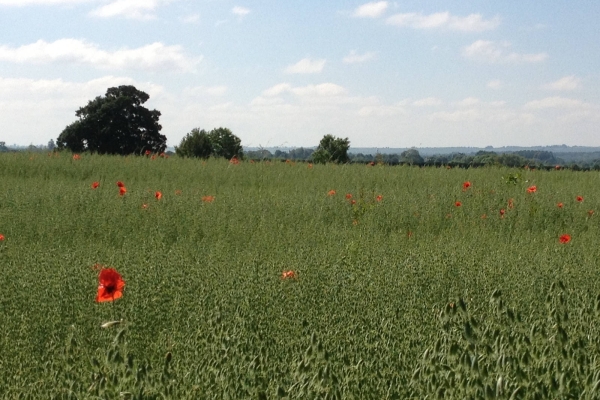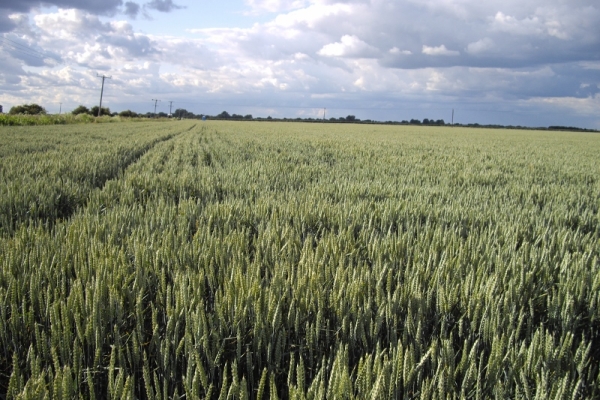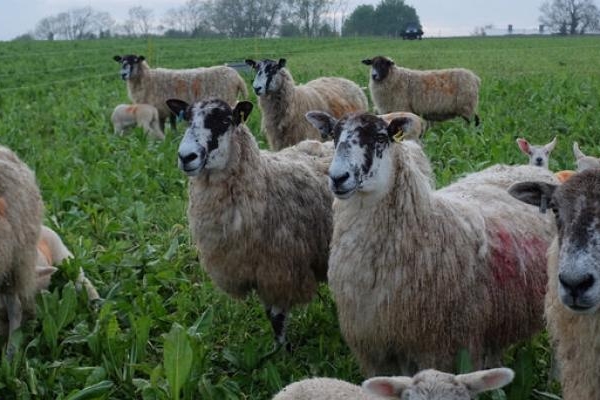Planning & Implementing Crop Rotations
In October’s Agricology Vlog, Richard Smith (Farm Manager at Daylesford Organic Farm) revisits a site on which he has harvested barley and seeded a grass ley. In this vlog, Richard mainly focuses on implementing crop rotations, and covers some of the following topics:
- Using straw to put potash back into the soils
- Establishing a grass ley under a cereal crop
- Establishing a grass ley on heavy soils
- Benefits of red clover
- Using red clover for fertility building and as a forage crop
- The ways in which crop rotations will vary depending on types of soil within farms
- Weed management within grass and clover leys
- Rotating between cereal crops and grass leys
- Incorporating lupins and bean crops
The information contained above reflects the views of the author/s and does not necessarily reflect that of Agricology and its partners.
Related articles
Tim Bevan writes about feeding the soil in a balanced way and provides information about an upcoming Soil Association workshop.
Tim Field talks about how the wetland at Daylesford has been transformed over the last 13 years into a flood meadow that has become a...
Katie Bliss explains how reintegrating leys and livestock into arable rotations can play a key role in the transition to more sustainable and resilient farming systems.
Katie Bliss discusses the benefits of intercropping, including pest, disease and weed management, and increasing resilience to climatic and agronomic shocks.
Lizzie Sagoo introduces a new ADAS/ AHDB research project and farmer network dedicated to exploring the longer term benefits of integrating leys into arable systems.
Guidance from the OK-Net Arable project to help you manage perennial weeds effectively through crop rotations.
The final report for Innovative Farmers field lab trials which aimed to determine the impacts of living mulches on cash crop yields and weed composition.
This Soil Association PDF provides an overview of what you may need to take into consideration when planning rotations for field crops.
A practical guide bringing together research to help you manage weeds through a rotation dominated by autumn-sown crops.
All you need to know about organic arable crop rotations; why they are necessary, how to plan one, and some examples to get you started.
How incorporating sheep within arable farming systems can rejuvenate soils, reduce problem weeds, improve biodiversity, & improve yields from following crops.
This abstract explores how the organic practice of using diverse rotations to reduce pest and disease levels in following crops can be applied on non-organic...
